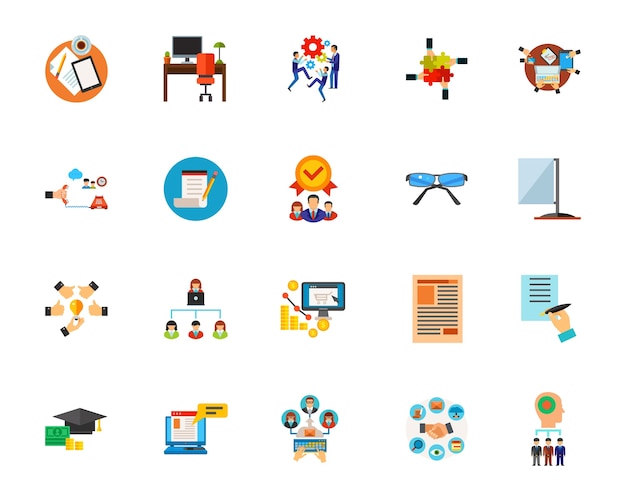

The Globally Unique Identifiers (GUID) used as prefixes for an entry are generated on each run and apply to the current result only. Please note that some of the entries may not be associated with a rule, but can be errors generated by the Workflow Analyzer.
#Workflowy icon code
If there are no messages with the ErrorSeverity Error, the code 0 is returned. To return the exit code of the command, execute echo %errorlevel% after you run it. Using the previous command as an example, to configure rules with the file located at C:\CustomFolder\RuleConfig.json, run the command as follows: analyze-file -c "C:\CustomFolder\RuleConfig.json" -p "C:\BlankProcess\Main.xaml". To use a RuleConfig.json file placed in a custom location, add the location to the command.
Recommendation and URL: The recommended changes for solving the issue, together with the documentation link with more information. ErrorSeverity: The value of the DefaultAction parameter, which is the configured log message for each rule, either Warning, Error, Info or Verbose. Item - The name and type of the item (for example, activity or variable) where the error message was generated. ActivityDisplayName: The display name of the activity ( null if not applicable). FilePath: The path to the analyzed file. The output of the command returns a json-encoded dictionary with the following information for each rule violation: View the arguments available for each command.Ĭheck the version of .įor example, the command analyze-file -p "C:\BlankProcess\Main.xaml" analyzes only one file in a project, Main.xaml. Specify this path only if the rule configuration file is not placed in the default location ( %LocalAppData%\UiPath\Rules). 

For analyzing the entire project, specify the path to the project.json file. All the other rules were disabled in this example.įor analyzing one file, provide the path to the. This means that variable names must be uppercase. Rules are organized according to their unique ID, visible in the Workflow Analyzer Settings also.įor example, in the image below only the Variables Naming Convention rule was enabled and received the () Regex expression. For more information, see Analyze Files and Projects. Optionally, if the path is not accessible, you can place the RuleConfig.json file in a custom location and include the path to the file in the command. Find a specific rule, modify its parameter, change the IsEnabled parameter to false to disable the rule.
From the RuleConfig.json file, path %LocalAppData%\UiPath\Rules. From the Workflow Analyzer Settings window, enable or disable rules by clicking the checkbox next to each one of them,. However, rules from compatible activities packages can be used in older Studio versions that come with the Workflow Analyzer.īy default, all Workflow Analyzer rules are enabled when installing Studio with the exception of the following: Studio built-in rules cannot be ported to older Studio versions. The UIAutomation.Activities, Excel.Activities, Testing Activities, and Mail.Activities also have their own rules, identifiable by the prefix. Studio comes with a set of built-in rules, identifiable by the ST- prefix. The first performs an analysis on the file currently focused in the Designer panel, while the second analyzes all files in the automation project. It is available in the Design ribbon tab, the Analyze File and Analyze Project buttons. The analyzer does not identify errors in execution or compilation. The rules are based on Automation Best Practices and take into consideration variable and argument naming, empty sequences or workflows, package restrictions, and so on. Workflow Analyzer uses a set of rules to check for various inconsistencies unrelated to project execution. A static code analyzer checks for inconsistencies without actually executing the project, as opposed to dynamic analyzers which step in during execution. Workflow Analyzer is a static code analyzer that ensures your project meets high quality and reliability standards. Home UiPath Studio Guide Recipes UiPath Studio Activities SDK Reference Guide Reference Changelog Discussions Page Not Found Search API Logs




 0 kommentar(er)
0 kommentar(er)
